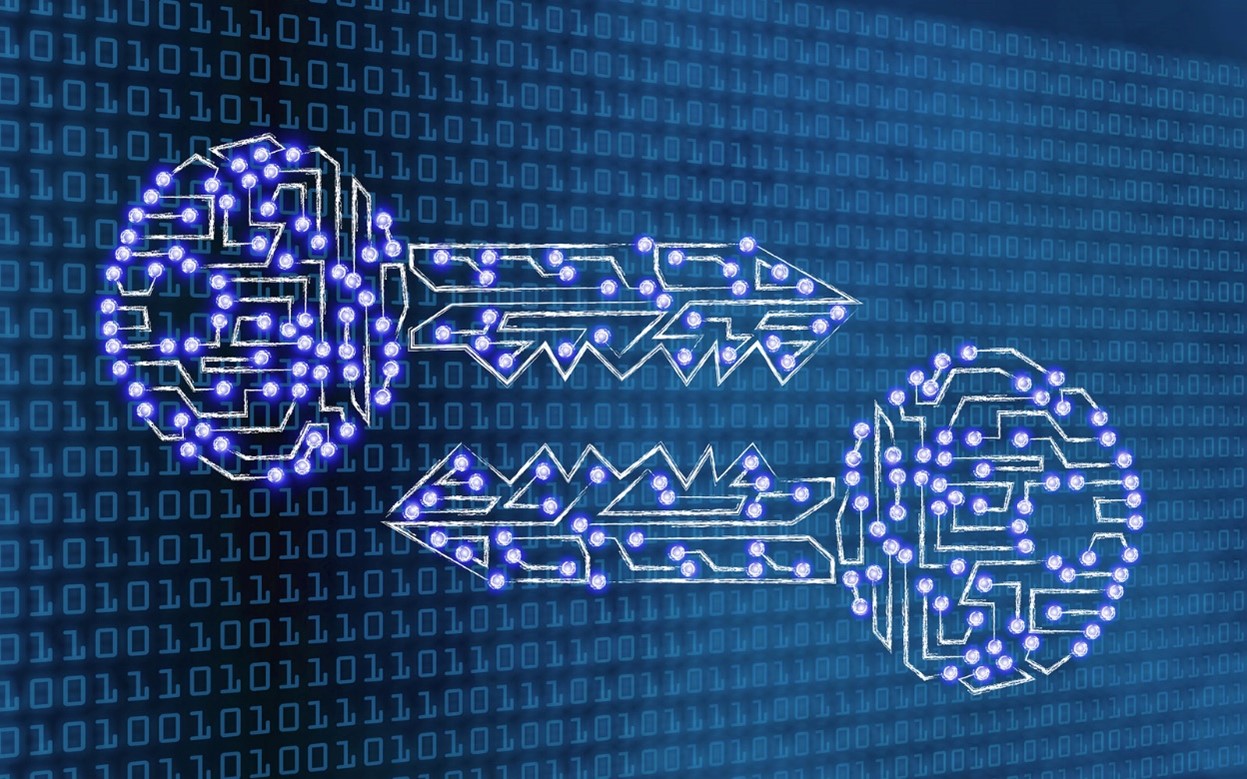
Quantum Is Coming — A Playful Guide to Encryption’s Future
TL;DR: Encryption is the invisible superhero of daily life. Quantum computers will bully some of our favorite capes (RSA/ECC), but new heroes (post‑quantum algorithms) are already in training. Also: “Quantum Security Engineer” is about to be a real, cool job.
Wait… where do I actually use encryption?
Everywhere. When you:
- unlock a phone, send a DM, or pay with a contactless card;
- log in to banking or email, sync health data, or update your laptop firmware;
- your car talks to the charging station, your browser to a website, or a satellite to Earth—
all of that relies on cryptography to prove who you are, keep messages confidential, and ensure the software you run is authentic. It’s the Wi‑Fi password, the padlock icon, and the invisible signature on your app updates.
Why quantum computers make some locks wobble
Classical public‑key crypto (think RSA and elliptic‑curve signatures) depends on math puzzles that are hard for normal computers. Quantum computers run different math magic—most famously Shor’s algorithm—that turns those puzzles into homework. Translation: future, large‑scale quantum machines could break RSA and ECC.
Symmetric ciphers (like AES) and hash functions are in better shape. Quantum gives a square‑root speedup (via Grover’s algorithm), which is nerd‑speak for “use longer keys and you’re fine.” So, public‑key needs new algorithms; symmetric mostly needs bigger knobs.
The new plan: post‑quantum cryptography (PQC)
Fortunately, the crypto community didn’t wait around. New families of algorithms—built on math problems believed to resist quantum attacks—have been standardized and are rolling out. You’ll hear names like Kyber (a key exchange/KEM), Dilithium and Falcon (signatures), and SPHINCS+ (a stateless hash‑based signature). Think of them as next‑gen locks that work on today’s computers but aren’t intimidated by quantum.
Why this matters: upgrading the Internet’s locks takes years. Hardware, smart cards, TLS libraries, embedded devices, satellites—everything needs a plan. Starting now prevents a future where an attacker harvests encrypted traffic today and decrypts it when quantum gets real (“harvest‑now, decrypt‑later”).
Okay, so what changes for me?
- As a user: nothing dramatic—you’ll keep seeing the padlock, just backed by different math. Some apps and browsers will say things like “post‑quantum” or “hybrid TLS.”
- As a developer/architect: inventory where you use crypto, adopt crypto‑agile libraries (easy to swap algorithms), test post‑quantum KEMs/signatures, and plan rotations for keys/certificates.
- As a company: set a quantum‑readiness roadmap. Prioritize data with long secrecy lifetimes (gov, healthcare, IP, financial). Coordinate with vendors.
Fun(ish) misconceptions
- “Quantum will break all crypto.” Nope. It wrecks today’s public‑key standards at scale; symmetric crypto mostly needs longer keys.
- “We should wait until the big quantum day.” Bad take. Migrations across fleets can take a decade. Starting late means shipping outdated locks.
- “QKD will replace everything.” Quantum key distribution is neat physics, but it’s not a drop‑in Web replacement. PQC is the practical Internet‑scale path.
New jobs: the rise of the Quantum Security Engineer
Yes, it’s a vibe—and a career. What you’ll actually do:
- Crypto inventory & strategy: map where your org uses RSA/ECC, and decide migration phases.
- Crypto‑agility engineering: design systems that can swap algorithms without rewrites.
- PQC integration: wire Kyber‑style KEMs and post‑quantum signatures into TLS 1.3, VPNs, secure email, code‑signing, and device onboarding.
- Testing & performance: benchmark handshake sizes/latency, manage certificate footprints, test fallback/hybrid modes.
- Governance & ops: align with NIST/standards, rotate keys, update HSMs, train developers, and document assurance.
If you like security architecture plus a sprinkle of math and performance tuning, this field is about to explode (in a good way).
The cheerful conclusion
Encryption isn’t dying; it’s evolving. Quantum computers will retire some of our favorite classics, but the replacements are here. Over the next few years, the Internet will quietly swap old locks for quantum‑resistant ones—ideally without you noticing. If you’re curious, this is a once‑in‑a‑career chance to help rebuild the world’s security plumbing—and maybe put “Quantum Security Engineer” on your business card.
Be curious, be ethical, and back up your secrets.
resources:
https://csrc.nist.gov/projects/post-quantum-cryptography
https://csrc.nist.gov/projects/post-quantum-cryptography/faqs
https://csrc.nist.gov/pubs/fips/203/final
https://csrc.nist.gov/pubs/fips/204/final
https://csrc.nist.gov/pubs/fips/205/final
https://nvlpubs.nist.gov/nistpubs/ir/2024/NIST.IR.8547.ipd.pdf
https://www.nccoe.nist.gov/sites/default/files/2023-08/mpqc-fact-sheet.pdf
https://www.nsa.gov/Cybersecurity/Post-Quantum-Cybersecurity-Resources/
https://www.ncsc.gov.uk/guidance/pqc-migration-timelines
https://www.cisa.gov/sites/default/files/2023-08/Quantum%20Readiness_Final_CLEAR_508c%20%283%29.pdf
https://datatracker.ietf.org/doc/draft-ietf-tls-hybrid-design/
https://datatracker.ietf.org/doc/draft-ietf-tls-ecdhe-mlkem/
https://datatracker.ietf.org/doc/draft-ietf-tls-mlkem/
https://blog.cloudflare.com/pq-2024/
https://blog.cloudflare.com/nists-first-post-quantum-standards/
https://blog.cloudflare.com/post-quantum-to-origins/
https://blog.chromium.org/2024/05/advancing-our-amazing-bet-on-asymmetric.html
https://www.chromium.org/Home/chromium-security/post-quantum-pki-design/